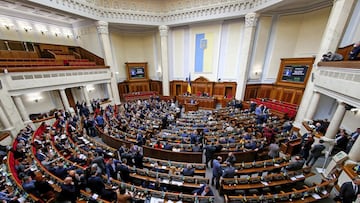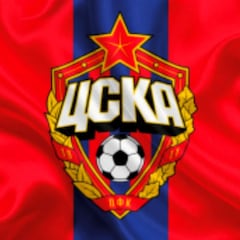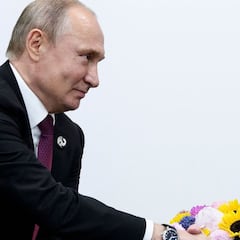When did Ukraine separate from Russia?
Ukraine became an independent country in 1991 after the fall of the USSR. Independence was gained through a series of referendums with conflicting results.


As Russian President Vladimir Putin declared that he would recognize two regions in Eastern Ukraine --Donetsk and Luhansk-- as independent countries, many around the world have begun to ask the question of when exactly Ukraine gained its own independence.
Ukraine formed part of the Soviet Union as one of the constitute republics, then known as the The Ukrainian Soviet Socialist Republic. When the Soviet Union collapsed, Ukraine's people suffered greatly as the economy was decimated. While as a member of the USSR, Ukraine was one of the most productive and economically vibrant economies, by 1999 production had dropped by forty percent. The GDP in 2020 was lower than that seen in 1990 before the disintegration of the USSR.
Ukraine is a multi-ethnic state, which provides some context to the ongoing issues being seen in the country. The majority, seventy-seven percent, of those who live in Ukraine identify as ethnically Ukrainian while seventeen percent identify as Russian.
First Ukrainian Referendum
On 17 March 1991, the Soviet Union held a referendum in all of the republics asking the people whether they were interested in remaining a part of the Soviet Union or gaining independence.
The primary question was: 'Do you consider necessary the preservation of the Union of Soviet Socialist Republics as a renewed federation of equal sovereign republics, in which the rights and freedoms of an individual of any nationality will be fully guaranteed?'
More than thirty-one million people or around 83.5 percent of the electorate in Ukraine participated in the referendum with ninety percent of voters supporting the preservation of the USSR. Historically those people living in the eastern portion of the country have had greater ties to Russia, while those in the west desire a closer relationship with Europe. This general trends were seen in the results of the first referendum. In western cities like Lviv support for leaving the USSR was much lower than in other regions.
Second Ukrainian Referendum
Just nine months after the March referendum, another was held on 1 December 1991.
The question posed to the Ukrainian people was: “Do you support the Act of Declaration of Independence of Ukraine?" Around 84.2 percent of the country participated with ninety-three percent voting in favor of Ukrainian independence from the USSR; in direct contradiction of what was decided earlier in the year.
Support for this measure was lowest in Crimea which in 2014 was re-taken by Russia, followed by Lugansk, and Donetsk which are the regions that President Putin has recognized as independent states this week. The results of the referendum allowed the government to continue on their pathway towards independence, a process that was helped by the formal disintegration of the USSR twenty-four days after.
Ukrainian Independence
The reasons why the December referendum led to a different result than that held in March has been widely speculated.
In 1992, the Commission on Security and Cooperation in Europe released a report that stated the change in opinion was a result of “the accelerating disintegration of the USSR and central Soviet institutions” and “the spread of Ukrainian national feeling far beyond western regions.”
The second referendum and the subsequent fall of the USSR led to Ukraine becoming a fully independent country.
The political pendulum in Ukraine
However, the divides between citizens who have a greater loyalty to Russia and Europe continue to cause conflict. The current President of Ukraine, Volodymyr Zelenskyy, hopes to see Ukraine form closer ties to Europe, but ran on a platform of bridging the divides between the various political factions. Zelenskyy is originally from the south-east region of the country and is a Russian speaker.
Related stories
Zelenskyy replaced Petro Poroshenko, a pro-Europe Ukrainian oligarch, who rose to power after the EuroMaidan Revolution which took place from November 2013 to February 2014. The protests began after then-President Viktor Yanukovych announced that he would be suspending talks with the European Union, closing the door on the possibility of Ukraine one day becoming a member state.
Poroshenko replaced Viktor Yanukovych who was a Pro-Russian leader who was forced to flee after the protests and his removal from office through a parliamentary vote. This vote has been called into question by constitutional scholars. Other academics like Dr. John J. Mearsheiomer a political scientist at the University of Chicago has said that Putin "rightfully" saw the removal of Yanukovych as a coup but others disagree with such analysis see the vote as legal. Dr. Mearsheiomer sees this event as one of the major motivating factors for Putin's invasion and recapturing of the Crimean peninsula.
Ukraine's government has been on a pendulum essentially since it gained its independence. The people will elect a president closer to Russia, then one closer to Europe, and in between corruption in the government goes unchecked. The situation Ukraine currently finds itself seems to suggest that these issues will continue and could lead to greater internal violence as factions become increasingly polarized.

